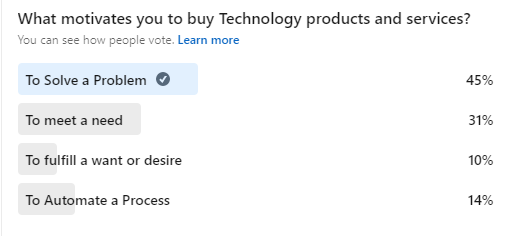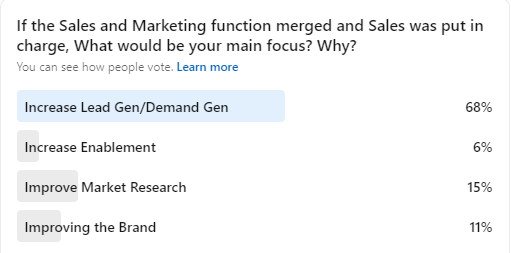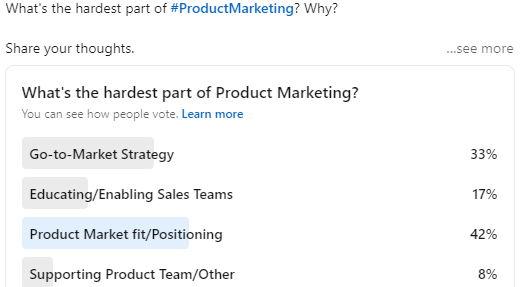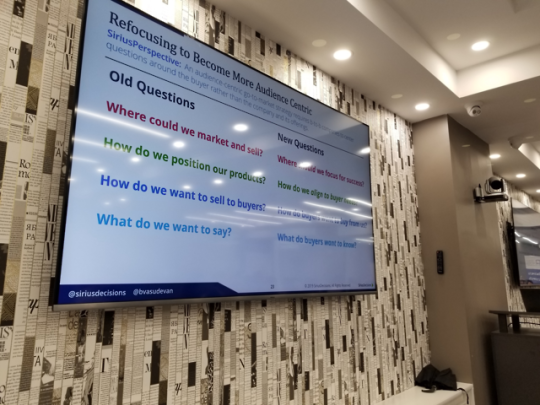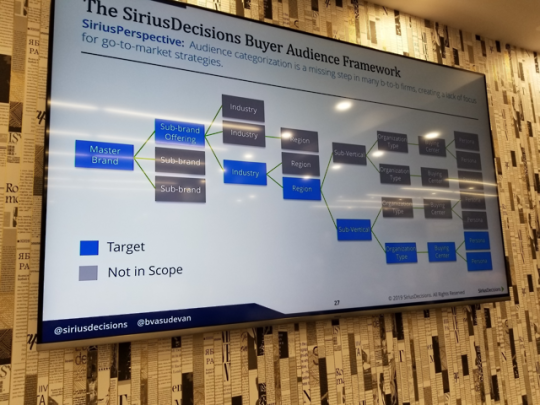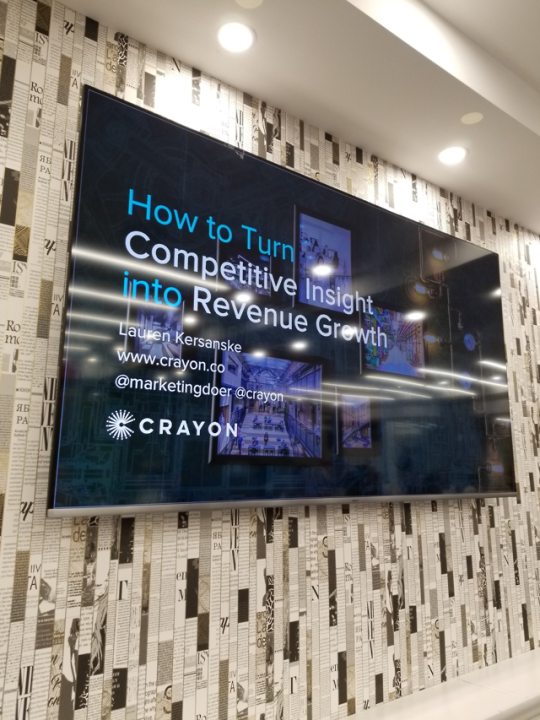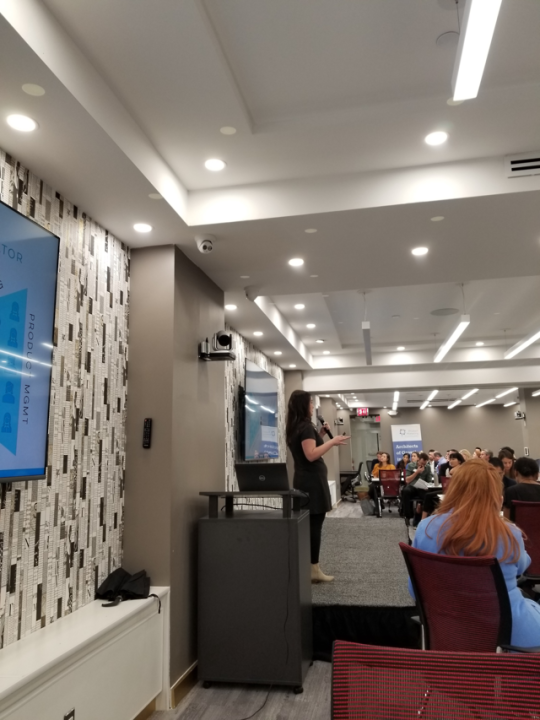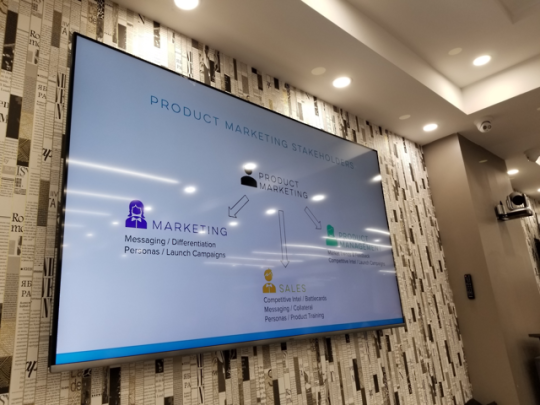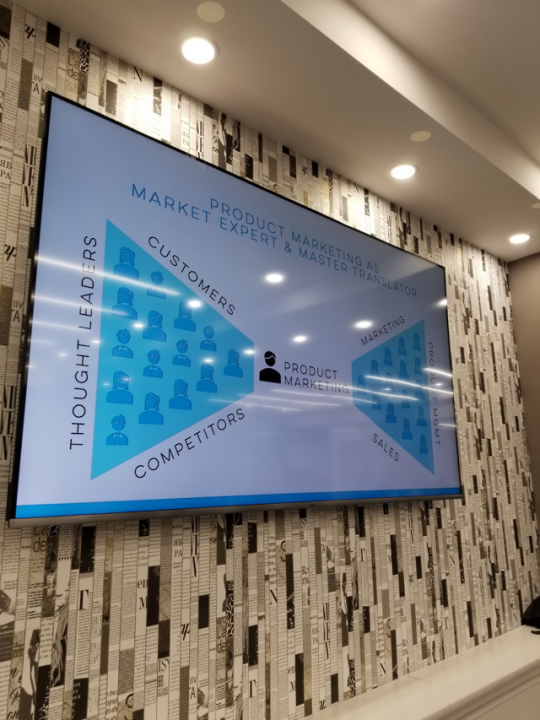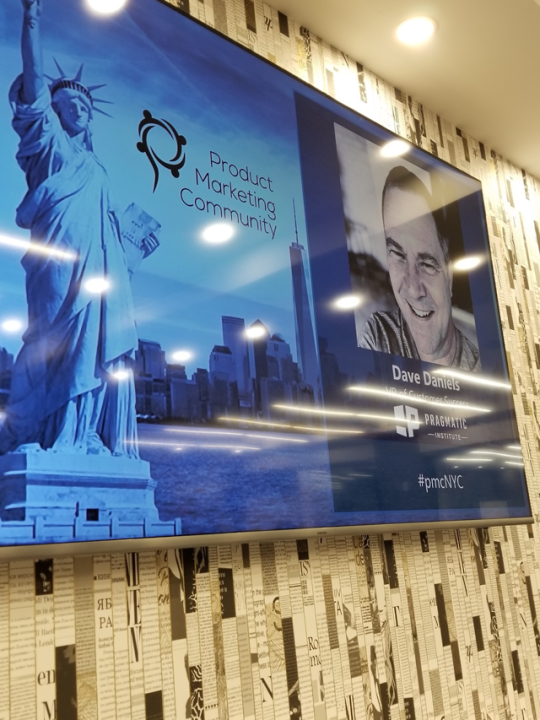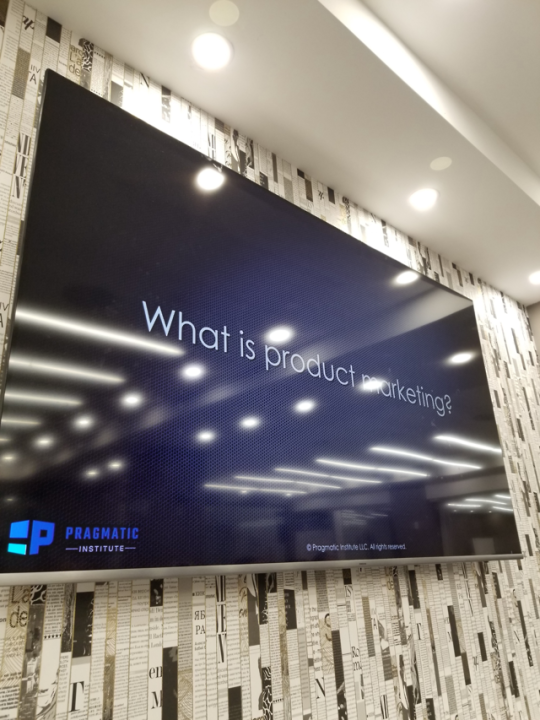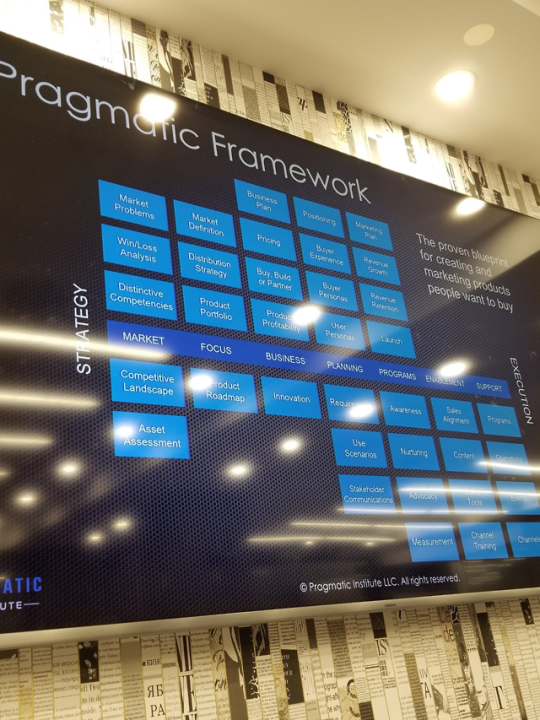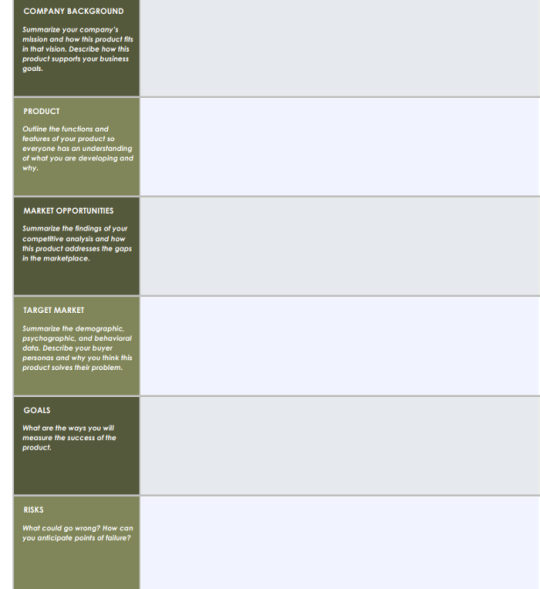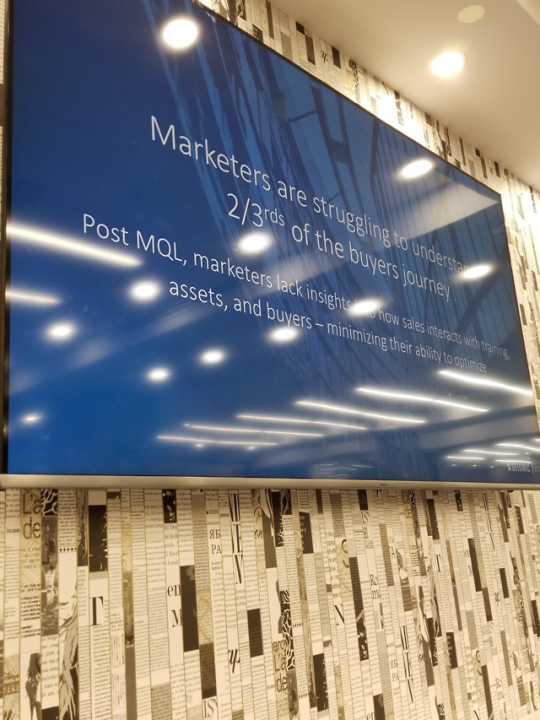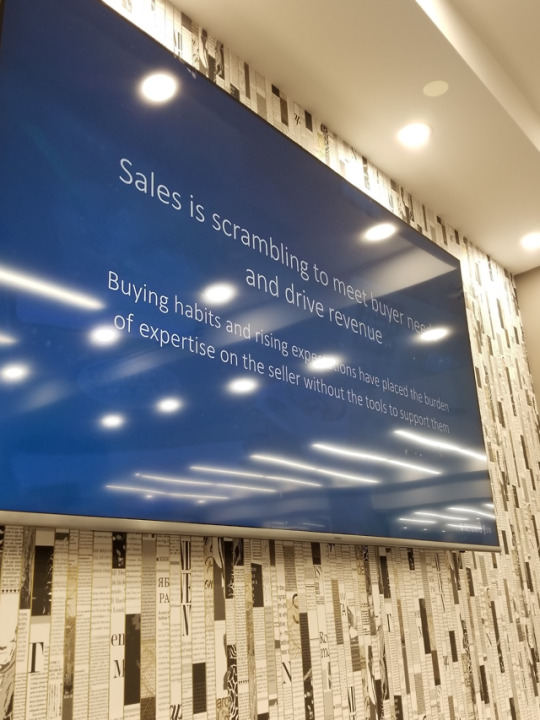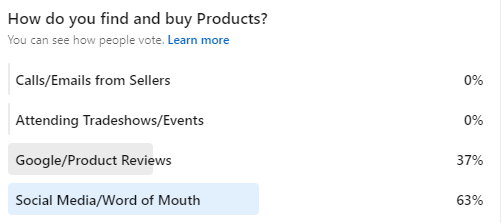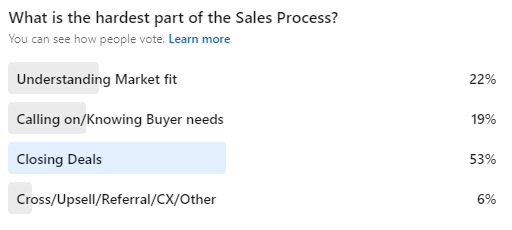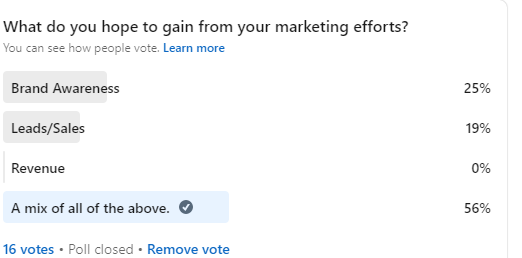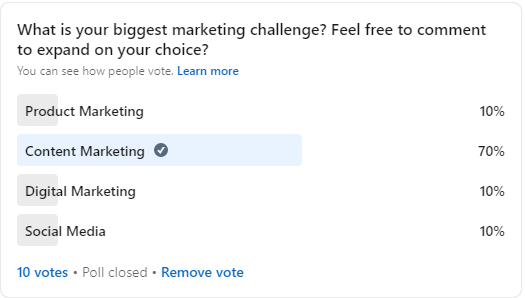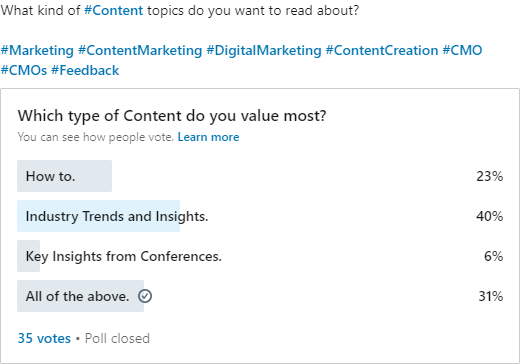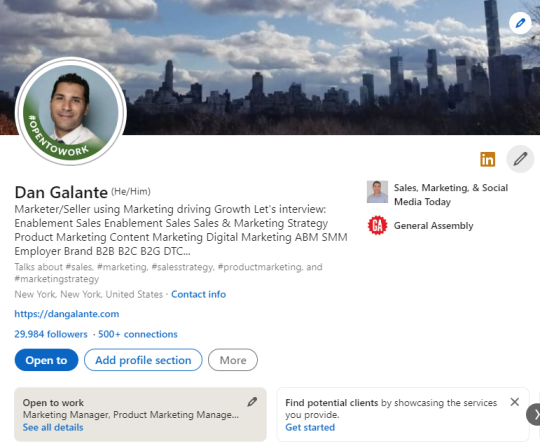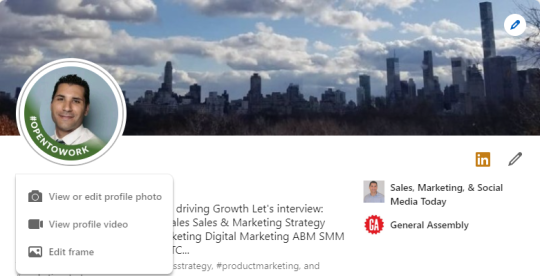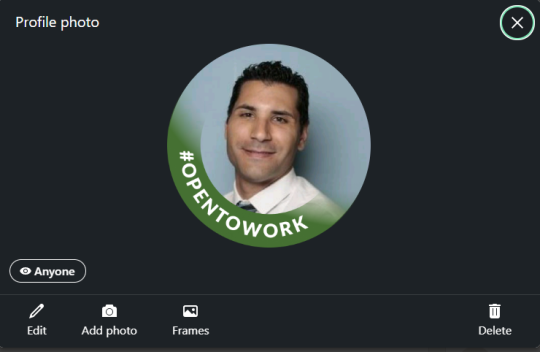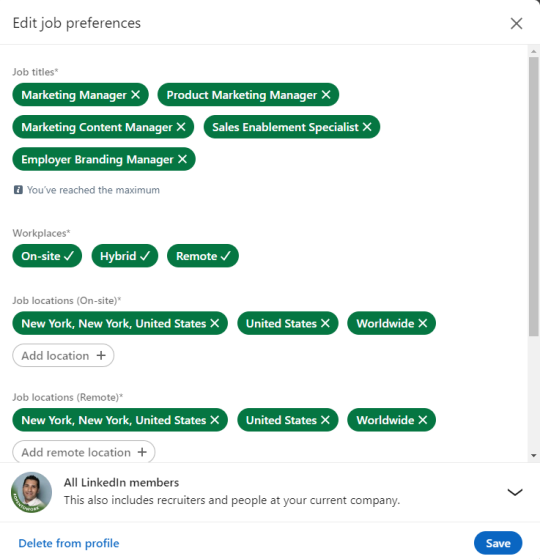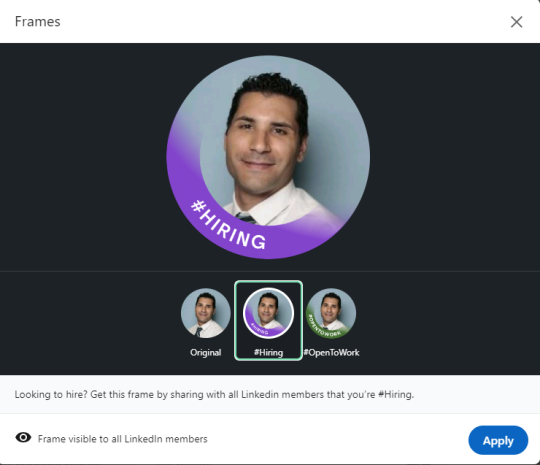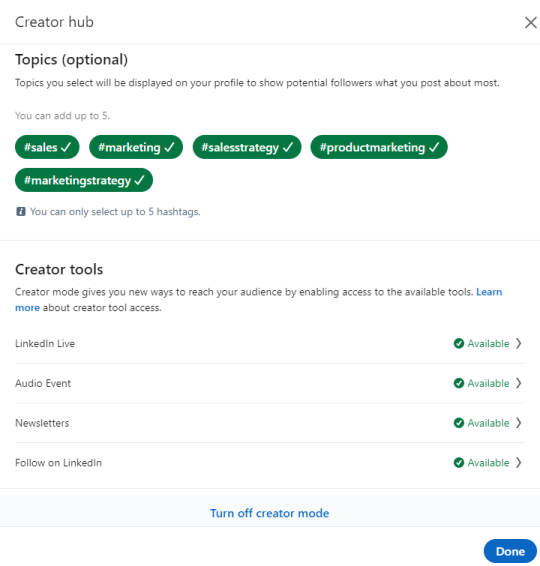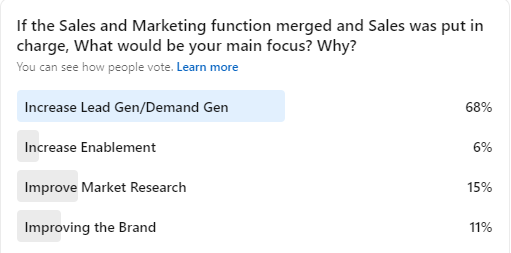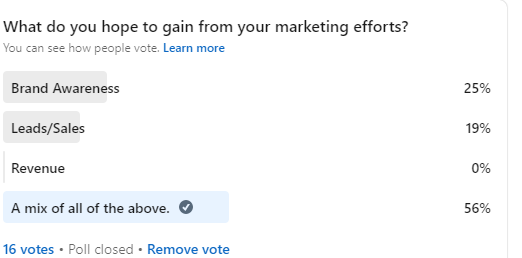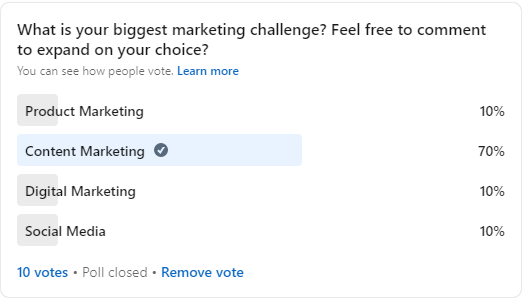How to Gain Market Share with Tech Products
During my time in field sales, I wanted to obtain the business of Dental Schools and Hospitals. After obtaining meetings and making presentations to prominent Dentists, I was informed that they could not buy from me. After handling objections, showing how my offerings were better than the competition, I found out why. The decision-makers explained that they were under contract with large manufacturers and distributors.
These competitors offered deep discounts to Dental Schools so their students would get comfortable using their products. When students would become licensed Dentists, they would use the products they trained on instead of the competitors. These competitors built lifelong customer loyalty.
When I called on certain Dentists, they said they liked a particular company’s product. I asked them why they liked the product and would they consider switching for something comparable with faster service. The Dentists said no saying that they learned on particular equipment in Dental School and it was the only thing they felt comfortable using.
The Technology Life Cycle
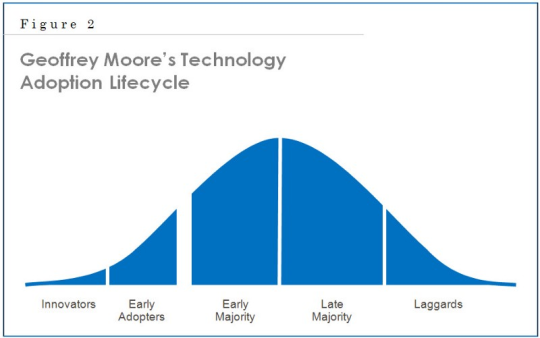
Image via
Geoffrey Moore discusses the Technology life cycle in Crossing the Chasm.
Dental manufactures and large distributors used pricing to target the Innovators/Early adopters/which in this case was the dental students and hospitals. To increase market share, they offered discounted pricing in exchange for purchase and long service contracts. These manufacturers and distributors succeeded in targeting dental students right before they would become customers; earning them years of customer loyalty.

Here is how this SAAS marketing program could be executed on the Technology Life cycle curve.
Innovators Preparation programs
Offer Preparation programs discounted pricing and free trials to try the product.
Have Pre-service Professionals get comfortable using the product.
Early Adopters Early Career Professionals
Offer them free trials and a lower discount.
Early/Late Majority Seasoned Professionals
Offer Trials and discounts to targeted staff and managers
Laggards Senior Staff Members
Continue to innovate the product and messaging to show how the product is being used.
Obtain Testimonials from satisfied staff and managers.
Show how the product exceeds competitors.
When appropriate, offer free and discounted trials to all appropriate prospects.
This is how Tech companies can improve their market share and generate life-long customer loyalty.
Tech Companies have the chance to improve business and generate life-long customer loyalty. This opportunity can be seized by offering discounted pricing and free trials to Innovators/Early Adopters which in this case are the preparation programs.
What Tech product do you want to try?
Comment and share below.
Additional Market Research Why & How People Buy Tech
When marketing and selling a tech product or service, it is important to ask two questions to understand your buyers.
1. What motivates people to buy a tech product or service?
2. How do people find a tech product or service to buy?
I surveyed my LinkedIn audience for answers.
1. What motivates people to buy a tech product or service?
People buy a technology product or service for many reasons.
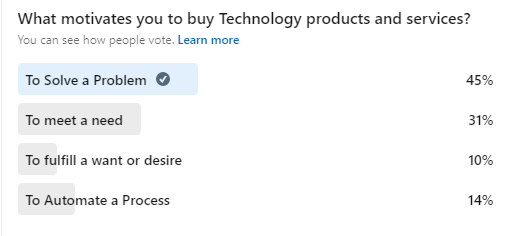
2. How do people find a tech product or service to buy?
People find and buy technology products or services in different ways.
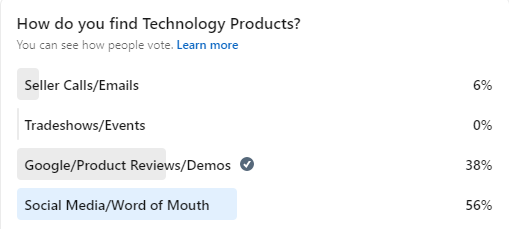
These findings suggest businesses need to create customer-centric offerings to survive in a competitive marketplace. Answering these questions will help businesses develop, create and, position offerings people want to purchase. I
Why & How People Buy
When marketing and selling a product or service, it is important to ask two questions to understand your buyers.
1. What motivates people to buy a product or service?
2. How do people find a product or service to buy?
I surveyed my LinkedIn audience for answers.
1. What motivates people to buy a product or service?
People buy a product or service for many reasons.
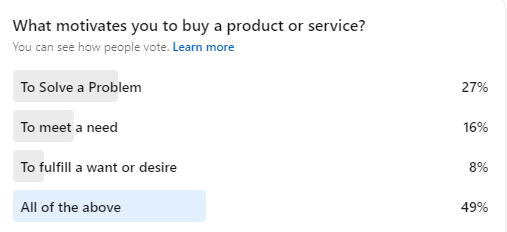
2. How do people find a product or service to buy?
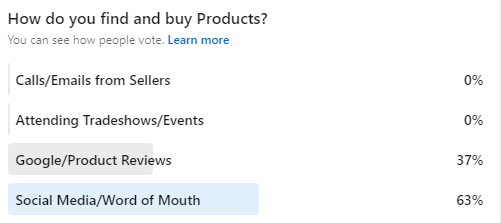
People find and buy products or services in different ways.
These findings suggest businesses need to create customer-centric offerings to survive in a competitive marketplace.
Answering these questions will help businesses develop, create and, position offerings people want to purchase.
About Me
I’m a Strategic Marketer with Field Sales, Sales Enablement, Content Creation and, Classroom Teacher/Trainer skill-sets using Marketing to drive Sales/Growth.
As a Marketer, I’ve worked with Start-Ups, a Political Campaign, and a Digital Marketing Conference.
I’m certified in Inbound Marketing with classes in Marketing, Product Management, Product Marketing, SEO, SEM.
Before teaching, I was an Outside Sales and Marketing Rep. selling and marketing dental products to Dentists using consultative selling, trade show marketing, field marketing, and market research.
I publish Sales, Marketing & Social Media Today a blog covering industry events and trends.
Articles and insights have been featured, mentioned and, referenced in:
Tractica in the News
The Future of AI
https://medium.com/@DanGalante/the-future-of-ai-insights-from-the-ai-summit-ab6267eca70b
Digital Marketing World Forum
Voice Summit
Compilation: Our Favorite Post-VOICE Coverage So Far
https://www.voicesummit.ai/blog/compilation-our-favorite-post-voice-coverage
Engage Bay
7 Steps to Align your Marketing Automation Strategy
https://www.engagebay.com/blog/marketing-automation-strategy/
Relay 42
The Role of Technology in Customer-Centricity
https://relay42.com/resources/blog/the-role-of-technology-in-customer-centricity
Databox
How to Improve Marketing and Sales Alignment (Gave background)
https://databox.com/how-to-improve-sales-marketing-alignment
Onalytica
Named as a Top STEM Influencer for EdTech and Education Industry Insights.
http://www.onalytica.com/blog/posts/stem-top-influencers-brands-publications/
The Arizona Republic
http://yourbusiness.azcentral.com/handle-top-10-sme-sales-objections-24845.html
Twitter Ads Blog
https://blog.twitter.com/2014/how-smartphone-users-engage-on-twitter-three-key-findings
Paper.li’s Wall Of Fame via Scoop.it
http://www.scoop.it/t/all-things-paper-li/?tag=Dan+Galante
I’ve been honored for my Social Profiles
•LinkedIn SSI Score in the Top 1%
•SlideShare for being in the top 5% of profiles viewed in 2014
•LinkedIn Profile was in the top 1% of profiles viewed out of 200 million members in 2012
I’m seeking a full-time role in:
Inbound Marketing, Digital Marketing, Content Marketing, Product Marketing, Demand Generation, Social Media Marketing, Sales Enablement Enablement, Sales Strategy, Marketing Strategy, Employer Branding, Recruitment Marketing.
Open on title, industry, company, location, and level. Reach out on LinkedIn or at dan@dangalante.com to start a conversation.

